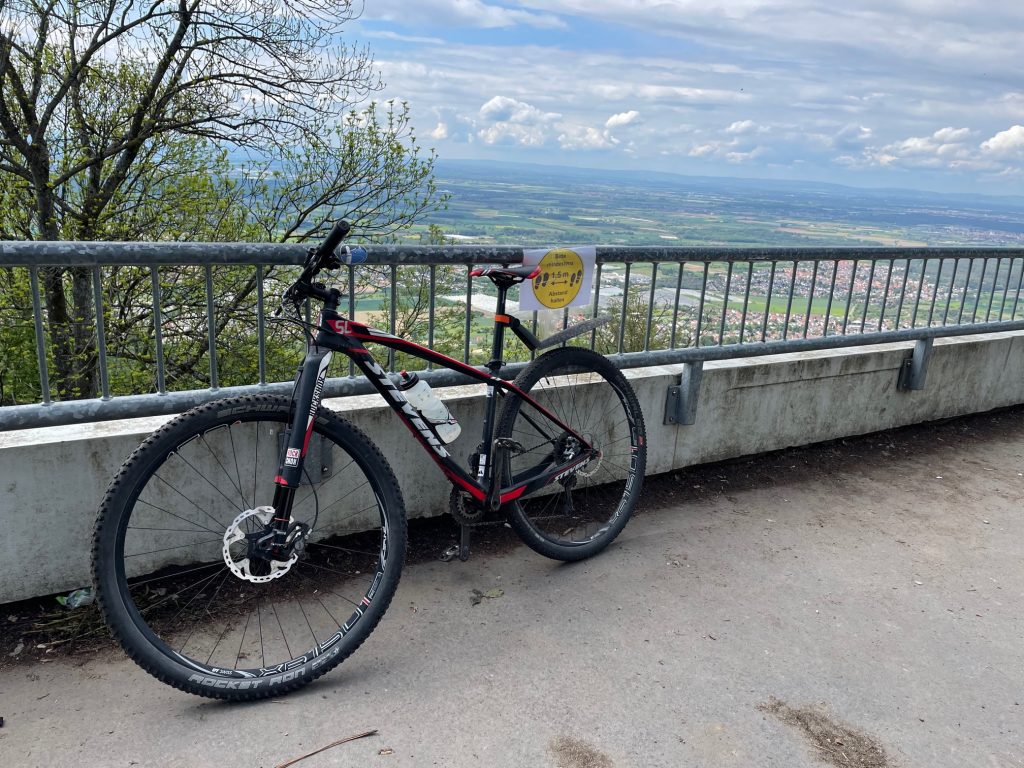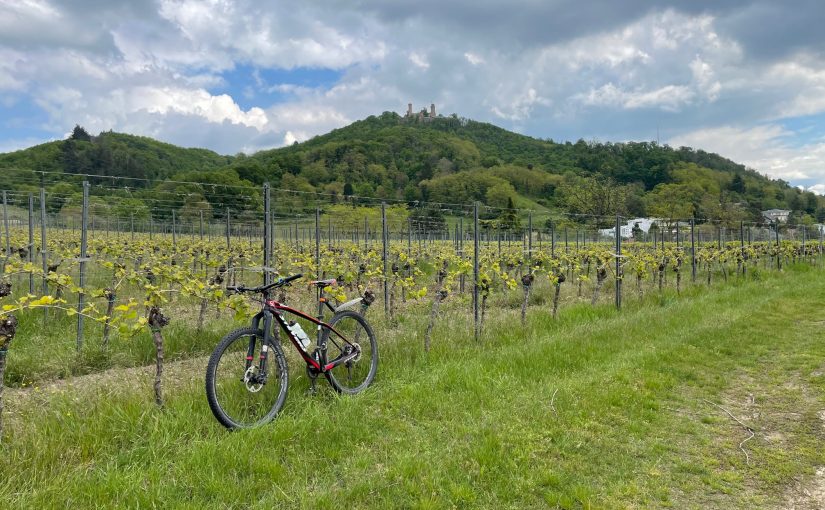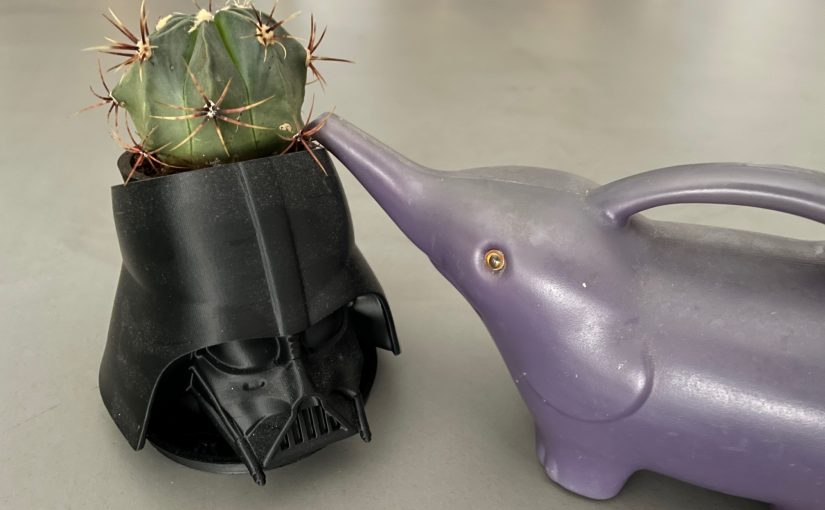I wrote about a focus on growth of companies. My thoughts are around small and medium sized businesses, because that's my personal background. Some of the ideas might work there, too, but I don't know. Also, I don't like the additional, political dimension in larger companies. I wrote about shaping your Vision and Mission and developing a growth model. Building on that I write about operationalizing this working on your company. Yes, it's "on" and not "in". If you still work in your company, your company is either not ready for this phase or you are a poor leader who cannot delegate, focus on strategy, and thinks he is better than the rest of the team.
If you have established your growth model, you should communicate about it at all levels in order to align all forces of the company (see the podcast with Gary McGraw about the importance of communication and transparency). There's also a certain communication rhythm: annual kick-off, quarterly review, and review in day-to-day operations. Determine meaningful goals to each aspect of the different dimensions and track them. The Objectives and Key Results (OKR) framework can be a good tool for this since it connects your goals ("what do you want") to success ("when have I reached the goal"). It's also good to have more abstract OKRs for the company and drill them down to each individuals work.
See this example for more context. On our growth path we have decided to enter new territories for extending our global reach. We have identified the different regions and walked through the dimensions of our growth model clarifying what is needed to be successful. This is an iterative process like this:
- People: who do we need on the ground to manage the operation? Is it with our own people or with a partner? What are costs for these options?
- Go-to-market: are there cultural differences that need to be considered in Marketing and Sales? How do we get visible in the new region? What are the first target customers?
- Delivery: how do we deliver? Onsite? Remotely? Through partners? And how do we establish trust in the delivery approach?
- Cost: what's the investment needed to get it done?
- Revenue: what's the expected revenue (minimum and maximum)?
- etc.
Drilling down each dimension leads to goals and results. For example, you can define marketing campaigns (example: 3 per quarter) and say that results should be a certain number of marketing collaterals, scheduled webinars, and attach the expected number of new leads to this. Additional OKRs should be added when assigned to the team doing the job.
This is for sure over-simplified. The overall process needs focus, focus, focus, and your full attention. Don't give up when things take time and when you see some sort of resistance. Understand the obstacles, remove them, and communicate again. I have used the model for many years and it became a powerful tool understanding the impact of key decisions. Work with the model, communicate, and adjust it whenever needed. And you will see that success is no longer luck, but the result of working systematically on the company.


